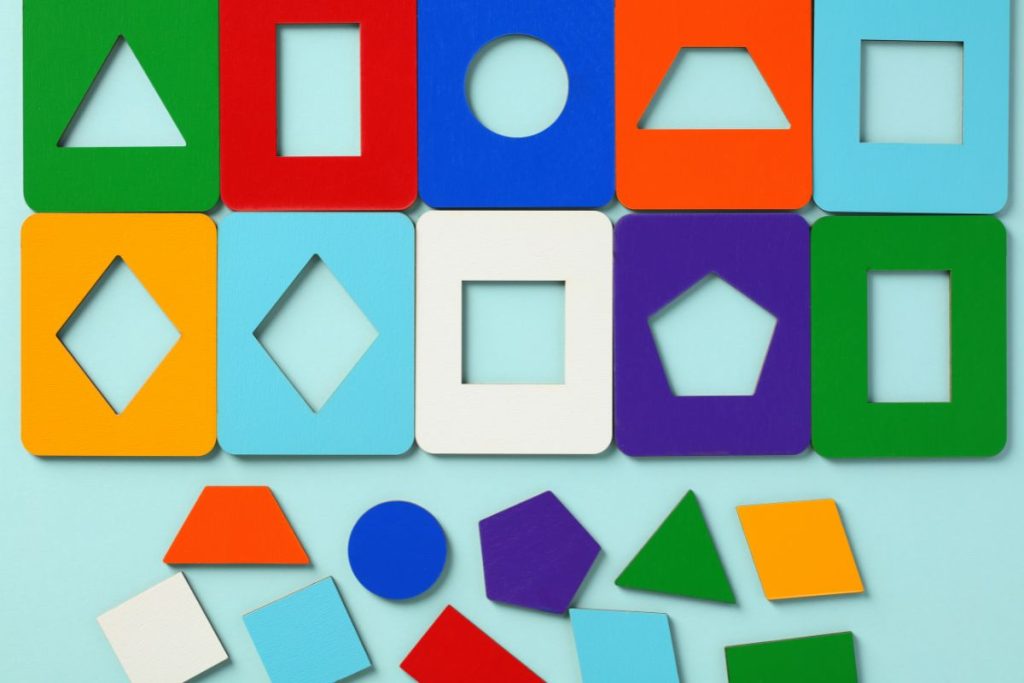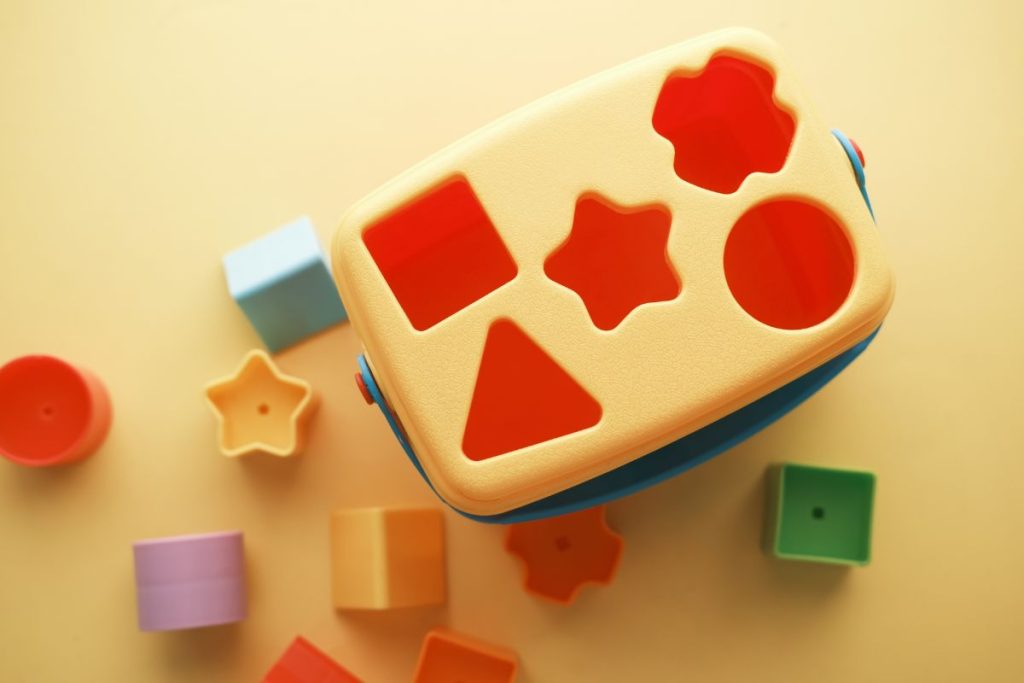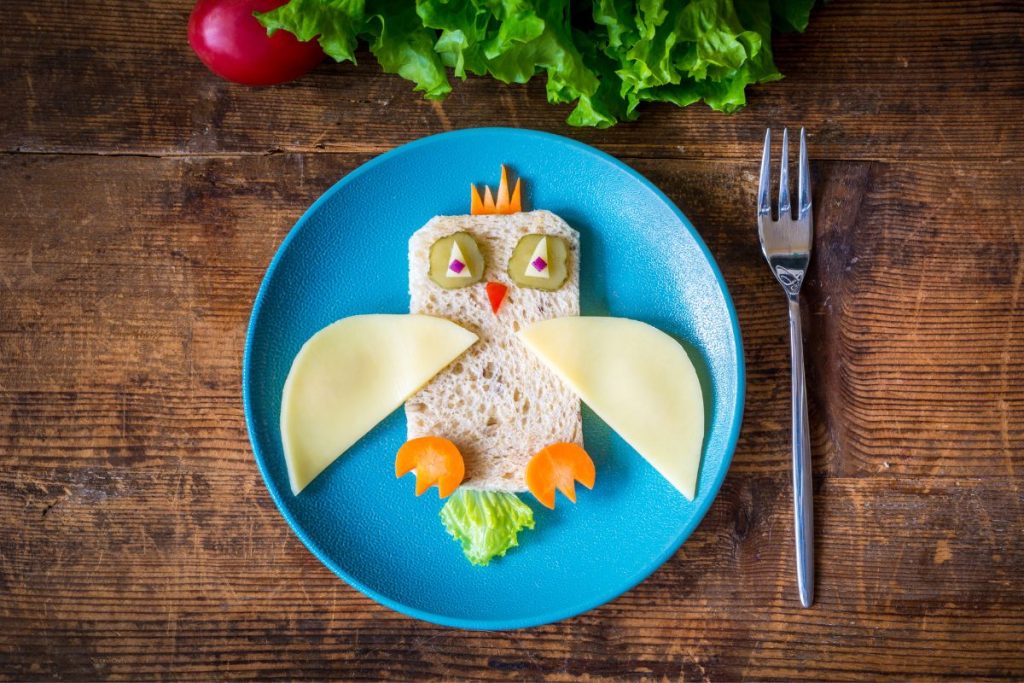The early years of a child’s life form a crucial stage for cognitive, physical, and emotional development. Among the myriad of activities to stimulate their young minds, early learning games emerge as powerful tools. One such game, dear to many parents and educators, is the ‘matching shapes game.’ This simple yet compelling activity not only entertains your little one but also serves as a cornerstone for their learning journey, fostering critical thinking, problem-solving, and fine motor skills. As a mom, I can assure you that incorporating this game into your toddler’s playtime can make learning an enjoyable and captivating experience.
The Learning Aspect of the Matching Shapes Game

The ‘matching shapes game’ is typically a set of blocks or cards with different shapes and colors. Your child is tasked with fitting a shape into its corresponding slot or matching it with an identical card. This game may seem simple, but it’s a cognitive playground for your little one.
For example, when your toddler tries to fit a square block into a round hole, they’ll soon realize it doesn’t fit. This leads them to try the square block in a different slot, eventually finding the right fit. This trial-and-error process is the foundation for problem-solving skills. It’s also a boost for their spatial awareness as they’re getting a first-hand lesson in geometry – understanding that different shapes occupy space differently.
Moreover, the game fosters fine motor skills. The act of picking up the shapes, rotating them, and fitting them into the slots works the small muscles in their hands and fingers, which is essential for later skills like writing. For instance, holding a triangular block will feel different than holding a circular one, subtly teaching them about different shapes.
To sum it up, the ‘matching shapes game’ is a package of learning fun that helps your child develop critical thinking, spatial awareness, problem-solving skills, and fine motor skills. It’s a tool that provides a foundation for your toddler’s educational journey while keeping them engaged and entertained.
Benefits of Matching Shapes Game

Let’s delve a little deeper into these benefits.
Enhanced hand-eye coordination – The ‘matching shapes game’ requires your child to see a shape, recognize it, pick it up, and place it correctly. This constant visual-motor coordination is like a workout for their brain, honing their hand-eye coordination skills. Think about when they reach out to grab a star-shaped block; they’re calculating distance and planning movements, all of which reinforce this skill.
Boost in problem-solving abilities – Each time your toddler tries to fit a square block into a triangle slot and fails, they’re faced with a problem. They have to figure out where it fits. This trial and error process fosters their problem-solving abilities. It’s like a fun, mini puzzle for them, where they learn to think logically.
Development of fine motor skills – Picking up, rotating, and slotting shapes can seem rather simple for adults, but for toddlers, it’s a way to strengthen their small hand muscles. This is crucial for later skills like writing or buttoning their shirts. Imagine them picking up a small circle block – the tiny movements they make with their fingers to hold and manipulate it are all contributing to their fine motor skill development.
Understanding of similar and different concepts – In this game, your toddler is also subtly learning about similarities and differences. They learn that a square and a rectangle might look similar but they’re different. Similarly, two squares are identical. This is their first step towards understanding the basic concepts of similarity and difference. For example, when they correctly match two green circle cards, they’re understanding that color and shape can define similarity.
So, integrating the ‘matching shapes game’ into your toddler’s playtime could be a fantastic way to make learning fun and engaging!
How to Incorporate Matching Shapes Game in Daily Activities

Introducing the ‘matching shapes game’ to your toddler can be a fun-filled adventure. Start by incorporating it into their everyday activities. For instance, during meal times, you could use cut-out sandwiches in different shapes and ask them to match the food to the correct shape on a printed sheet.
Play-doh is another excellent tool for this activity. Mould the dough into various shapes and let your child match the shapes to their corresponding outline drawn on paper. The act of moulding the dough itself enhances their fine motor skills and hand-eye coordination, serving a dual purpose.
The key to keeping the game interesting over time lies in creativity. As your child grows and their understanding of shapes improves, you can introduce more complex shapes or even 3D shapes. You can also start incorporating the game into their story time. For instance, you could read a story about a triangle that couldn’t find his home and then encourage your child to help the triangle by finding the right ‘house’ among different shaped slots.
Remember to celebrate every little success to keep them motivated. The joy on their face when they successfully match a shape is a priceless moment of learning and achievement. So, let’s make learning shapes fascinating, fun, and full of love!
Practical Tips for Shape-Matching Activities
Choosing Age-Appropriate Materials
When selecting materials for shape-matching activities, it’s essential to choose age-appropriate ones. For very young toddlers, start with large, chunky shapes in bright colors. These are easier to grasp and hold their attention. As an example, you might initially use a simple puzzle board with large wooden pieces in the shape of a circle, square, and triangle.
Incorporating Playfulness and Creativity
Make learning enjoyable by incorporating playfulness and creativity into shape-matching activities. For instance, you could turn the activity into a treasure hunt, where your toddler needs to find and match shapes hidden around the room. Or use their favorite toys and arrange them by shapes. This not only makes the activity more engaging but also helps your child develop a positive attitude towards learning.
Adapting Activities to Individual Learning Styles
Remember that each child is unique and may have different learning styles. Some toddlers may prefer hands-on activities, while others may enjoy visually guided ones. Identify what works best for your child and adapt the activities accordingly. For a child who learns best through movement, create a shape dance where different dance moves correspond to different shapes. For a visually inclined child, a book with vibrant pictures of different shapes could be more engaging.
Conclusion
The ‘matching shapes game’ is more than just a pastime; it’s a powerhouse of cognitive, motor, and perceptual skill-building. Through this seemingly simple game, your child improves their hand-eye coordination, hones problem-solving abilities, develops fine motor skills, and begins to understand the concepts of similarity and difference. These games are a fantastic way to introduce your toddler to the world of shapes, fostering a love for learning and exploration from an early age. As a parent, your role in making these games enjoyable and educational is significant. So, incorporate these games into their daily routines, celebrate their little achievements, and watch them grow into confident problem solvers and thinkers! Remember, every shape matched is a step towards a brighter, sharper future for your little one.
